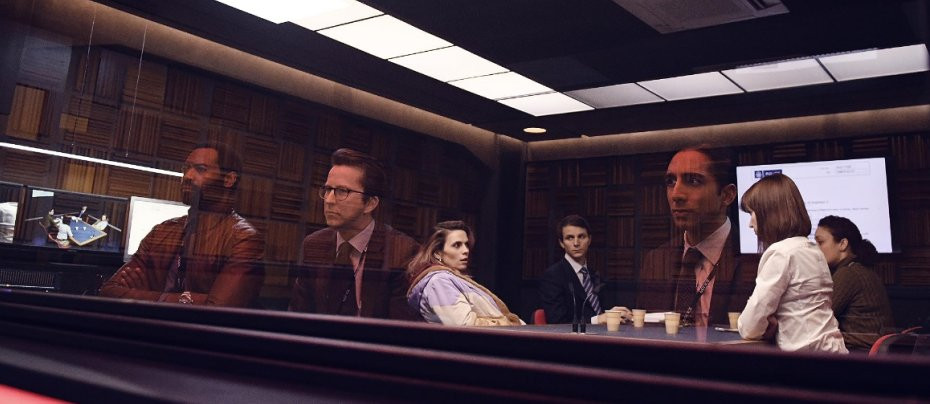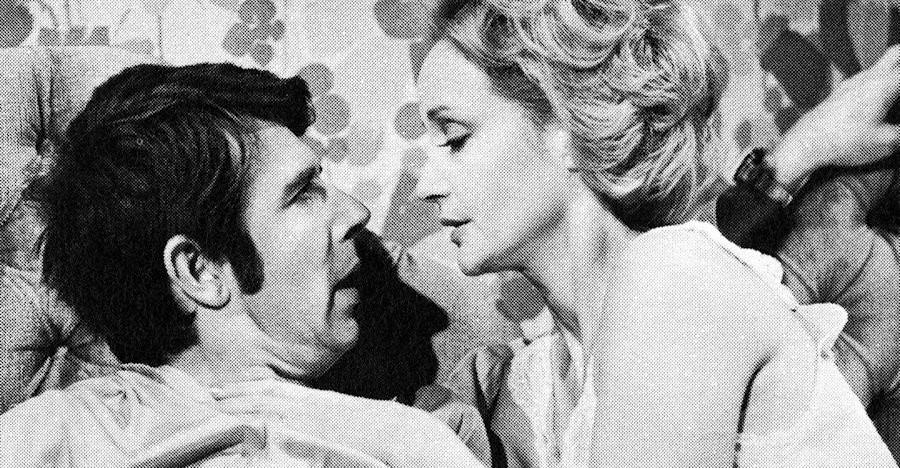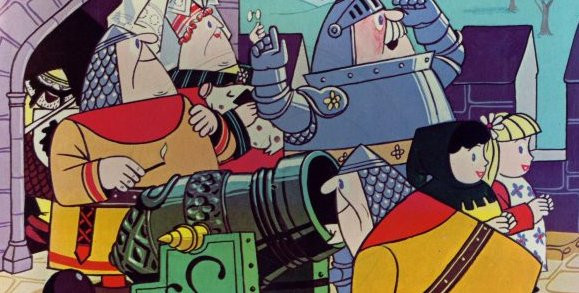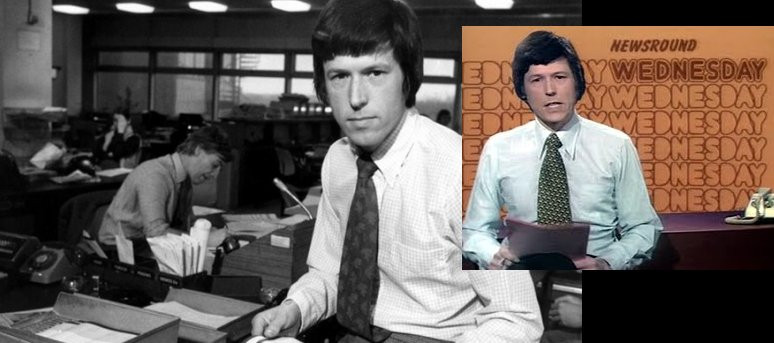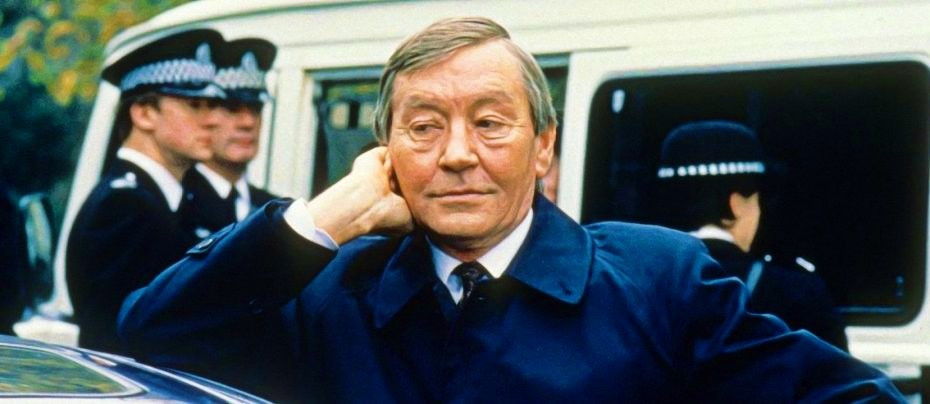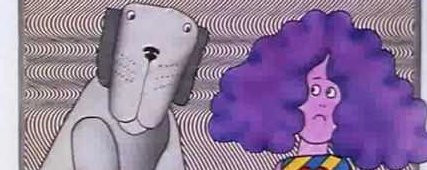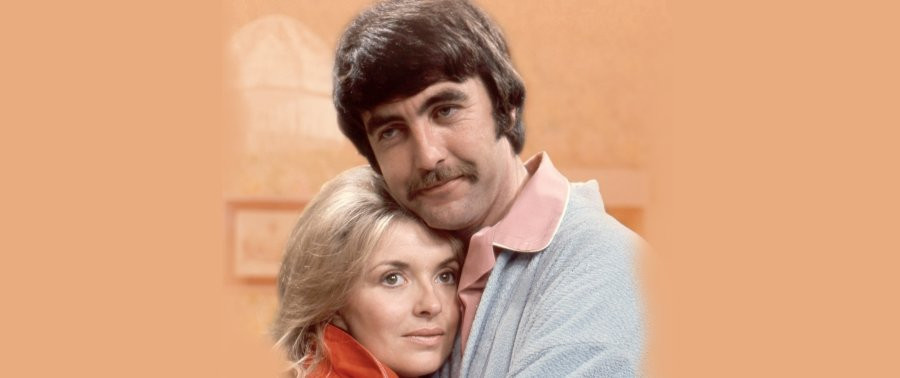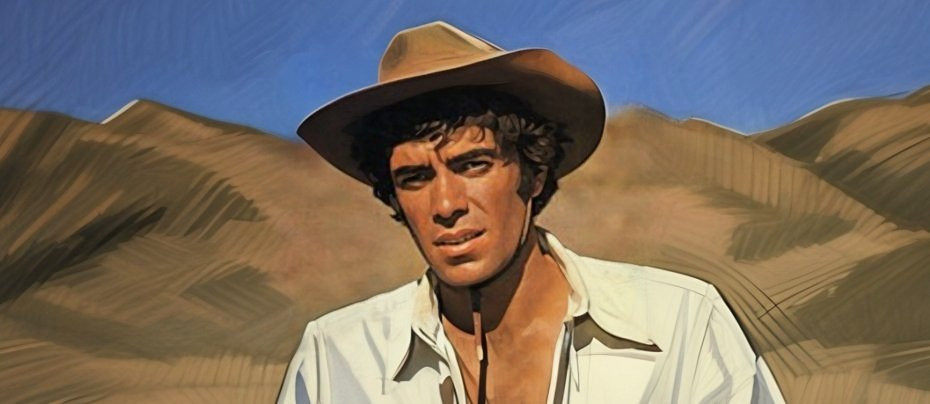
Boney
1972 - AustraliaBased on the character created by Arthur Upfield - Detective Inspector Napoleon Bonaparte, Boney (spelt Bony in the original novels) ran for two seasons on the Australian television network Seven over twenty-six 60-minute episodes from 1972 to 1973. The star of the series was New Zealand born actor James Laurenson, who had already carved out a fruitful career as a prolific character actor in the UK, where he made his onscreen debut in 1960 in an episode of Coronation Street.
Upfield wrote 29 books featuring the biracial Aboriginal detective, all of which had been best-sellers around the world since the original was published in 1929. He was working on the manuscript of his 30th novel when he died in 1964.
Inspector Bonaparte was a foundling, born of an Aboriginal mother and a white father. A matron from a mission station took him under her care, and, as the original novel explains, ‘named him after a born leader, a man of power, of mystery, of great achievement - Napoleon Bonaparte’. Living up to his name, Boney became an exceptional student and won scholarships to secondary school and university, and when he later became involved with the police in solving an outback murder, the authorities recognised his exceptional skills and persuaded him to join the police force where he quickly rose through the ranks with the Queensland Police and was seconded on assignments in every State of Australia. Now he has returned to the outback of central Australia from the big city and begins to solve local major crimes.
Fauna Productions, an Australian TV and film production company that had enjoyed great success with its first TV series, Skippy the Bush Kangaroo - and had also produced the stunning Barrier Reef, were convinced the Bony books would form an excellent basis for a TV series and had pursued the TV rights for six years before agreeing them with Upfield’s estate.
The biggest obstacle to overcome would prove the most controversial. The problem was to find an experienced actor who could be believable as the complex biracial character. Fauna’s decision to cast Laurenson was seen as an insult to Aboriginal people and a number of groups were angered that an indigenous actor was not being considered for the part. A director of the Victorian Aborigines Advancement League, Bruce McGuiness, claimed there were a significant number of Aboriginal actors who would be ideal for the role.
Initially, the producers claimed they had looked all over Australia for a biracial Aborigine that could carry the series, and when no-one suitable was found they searched the country for a white man to play the role. In desperation, the search shifted to England. Eventually after numerous auditions they settled on Jon Finch. The contract was signed and sealed and then, two weeks before filming was due to commence, Finch asked to be released from his contract so he could take up an offer of a lead role in the Hitchcock film Frenzy.
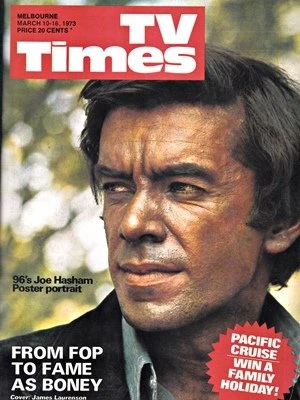
The producers agreed to release him but were now back to square one. Fortunately for them, one of their contacts, a Scottish TV producer, brought a New Zealand actor working in London to their attention. With his heavy brow, wide cheekbones and broad nose and mouth, James Laurenson looked and sounded perfect for the part. It was important that Boney did not look completely Aboriginal, as Upfield made it clear in his novels that the character was able to move freely in both worlds – black and white. However, Laurenson’s casting did little to placate the show’s critics.
Nevertheless, the production went into full swing with Eric Paice, the British writer who had written for No Hiding Place, The Avengers, Target Luna and all three Pathfinder series, taking on the role of Script Editor. Many well-known directors and writers were also recruited both from Australia and England and Scriptwriters included Tony Morphett, Peter Yeldham and Ted Willis who had created Dixon of Dock Green, Sergeant Cork, Mrs Thursday and Taxi!, a starring vehicle (literally) for Sid James.
It was at Willis’ suggestion that the series be set in the present day rather than in the period in which each book was originally written. Boney himself, aged around his mid-fifties in the novels was to be in his early thirties and, unlike the novels, was unmarried.
The series was given a generous budget for that time, ($60,000 per episode), and was filmed in colour. A number of British actors appeared in the series. Honor Blackman starred in the debut episode, Boney and the White Savage, Sue Lloyd was in the second episode, Boney Meets the Daybreak Killer, and Googie Withers was in the sixth episode, Boney and the Reaper. All this was taken into account to give the series international appeal, the producers wisely ensuring international sales and distributions were arranged before production commenced. Financial help was given with a start-up grant from the Australian Film Development Corporation. As it turned out, Boney was a hit with British and European audiences (Germany in particular where it was later rumoured that record producer and songwriter Frank Farian named the disco group Boney M. after the character), but not so in America which had reservations about the series and had stipulated that in order to show it on US television the lead character could not be ‘coloured.’ If it’s any consolation the series was, briefly, the most watched programme in Scotland!
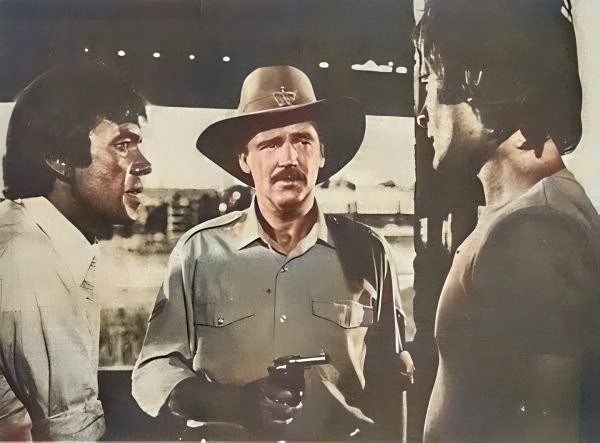
The success of international sales ensured that a second series of 13 episodes followed the first series of 13 episodes. Most episodes (all but 5) were based on Arthur Upfield’s novels. Aboriginal actors did feature extensively and an Aboriginal reserve at Papunya provided several hundred extras.
The series won several awards, including a 1972 Logie (an Australian television award) by James Laurenson for Best Individual Acting Performance in episode three of series one, a 1972 Logie by Frank Hardy for Best Scriptwriter for the same episode and a 1972 Penguin (an annual award given for excellence in broadcasting by the Television Society of Australia) for Laurenson for Leading Talent in Drama. Despite the series success, Laurenson, concerned about being typecast, turned down the offer of a third series. Sadly, Fauna Productions went on to produce just one more television series, Shannons Mob, before the company was voluntarily wound up.
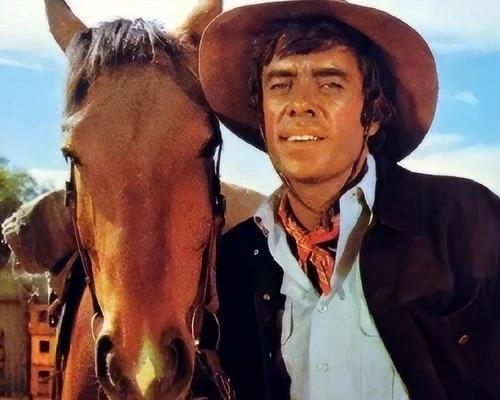
Laurenson returned to England quite happy to continue being a jobbing character actor appearing in over a hundred productions up until 2022. Throughout his career, he had guest roles in numerous popular TV series such as Space: 1999, The Professionals, Remington Steele, Cagney and Lacey, Hammer House of Horror, Inspector Morse, Bergerac, Boon, Lovejoy, Prime Suspect, Sharpe, A Touch of Frost, Heartbeat, Silent Witness, Taggart, Hustle and Endeavour. He eventually settled in Frome in Somerset before passing away on 18 April 2024, aged 84 years.
Critically, Boney was a huge success with one reviewer stating that ‘The series treats the Aboriginal people with great respect and does much to promote understanding and awareness of their culture in white society. In spite of the mostly bush and outback settings, bucolic somnolence is not to be found. The writing, directing and editing are tight, requiring undivided attention from the viewer - no walking out to put the kettle on and picking the story up five minutes later,’ whilst another reviewer called the series ‘a lost atmospheric Ausie gem that needs revisiting.’
Seen this show? How do you rate it?
Seen this show? How do you rate it?
Published on November 29th, 2024. Written by Marc Saul for Television Heaven.


